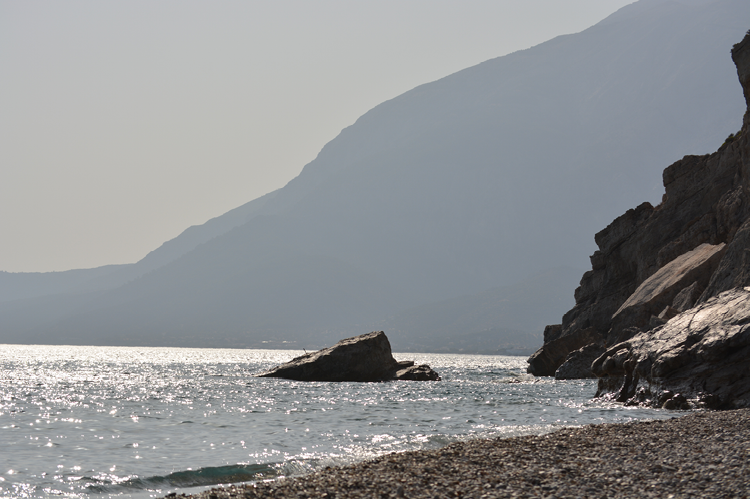Artificial Intelligence in the Design of Offshore Pipelines against Geohazards

Depending on the local site conditions (i.e. bathymetry, geomorphology, geology), an offshore geohazard may have a detrimental impact on an offshore high-pressure gas pipeline during its lifetime. This fact is more pronounced in areas characterized by seismicity and the associated earthquake-related geohazards. Therefore, the design of an offshore pipeline should avoid any geohazardous area or alternatively should take into consideration the anticipated permanent ground displacements (PGDs) that may be developed on the seabed. The latter requires, apart from the quantitative assessment of the PGDs, a realistic assessment of the subsequent pipeline distress, in terms of compressive or tensile strains. The complete avoidance of a geohazardous area is a common design practise that may be performed either empirically/manually or utilizing a GIS-based software. Nevertheless, since the option of avoidance is not feasible in many real cases, crossing of a geohazardous area may be accepted, provided that the PGDs and the corresponding pipeline strains (that are quantitatively assessed, usually via finite-element simulations) are below the allowable levels. Since the numerical simulations on a case-by-case basis are demanding and timeconsuming procedures, modern tools based on Artificial Intelligence (AI) may be utilized to substantially reduce the computational cost. Based on the aforementioned, scope of the current study is the application of AI, and more specifically Artificial Neural Networks (ANNs), in the design of offshore pipelines against geohazards. In particular, the prediction of the response of offshore pipelines that cross active seismic faults has been studied in order to develop a smart GIS-based tool capable to indicate the optimal pipeline routing(s). Through a realistic case study in the Mediterranean Sea, it was shown that ANNs can reliably predict the distress of offshore pipelines subjected to PGDs due to active seismic faults, provided that they are based on datasets that are extracted from accurate finite-element simulations.
